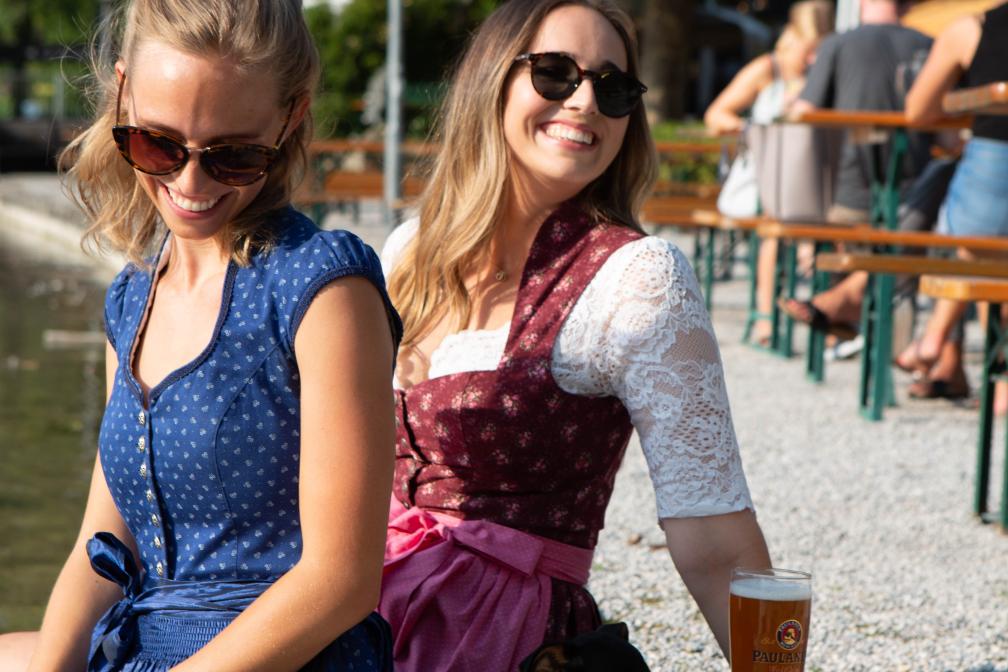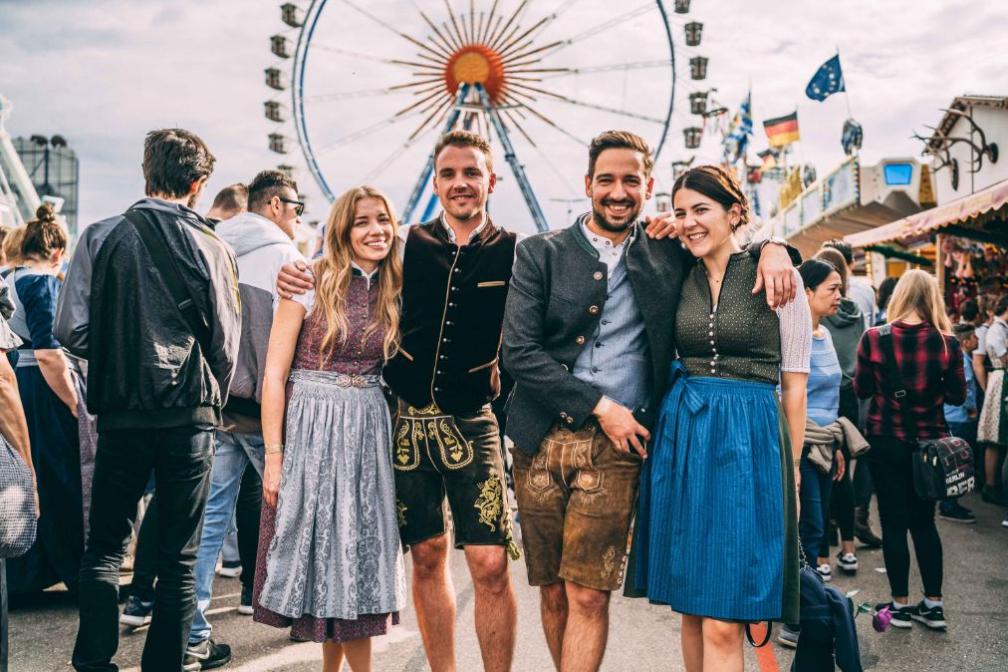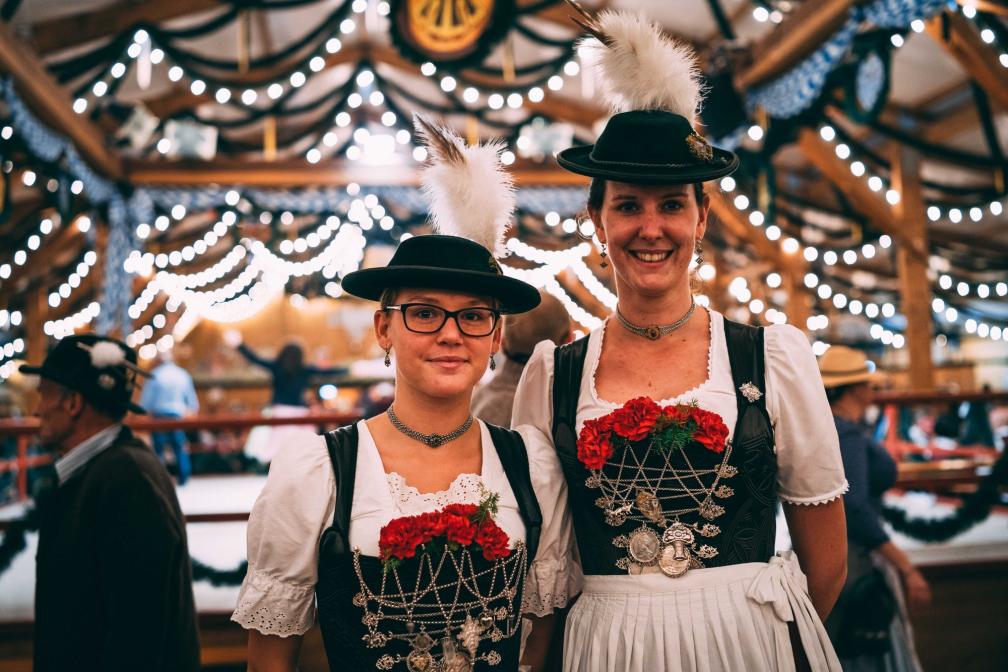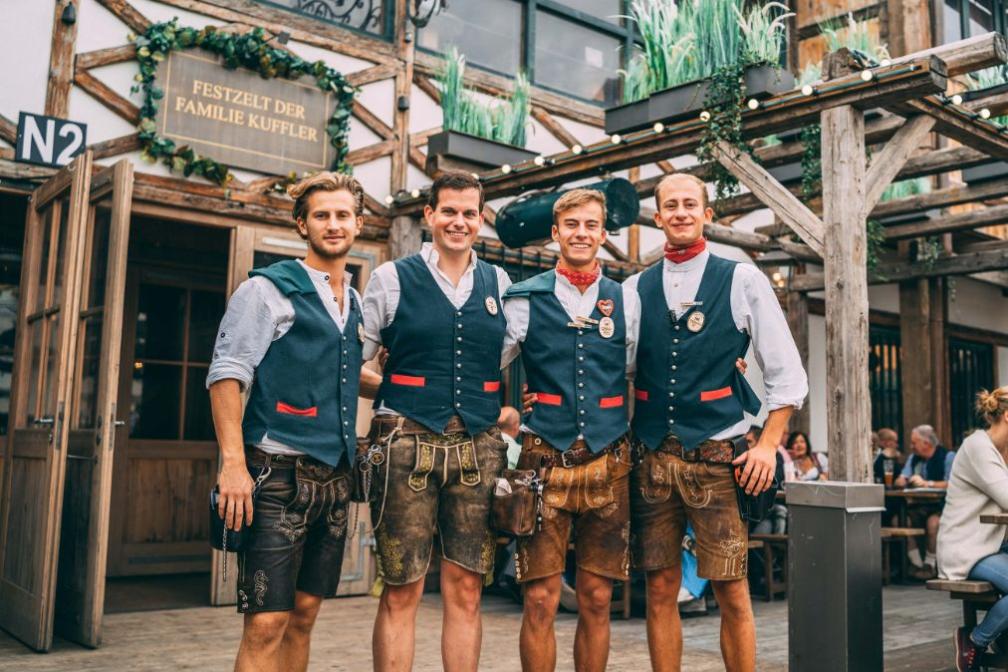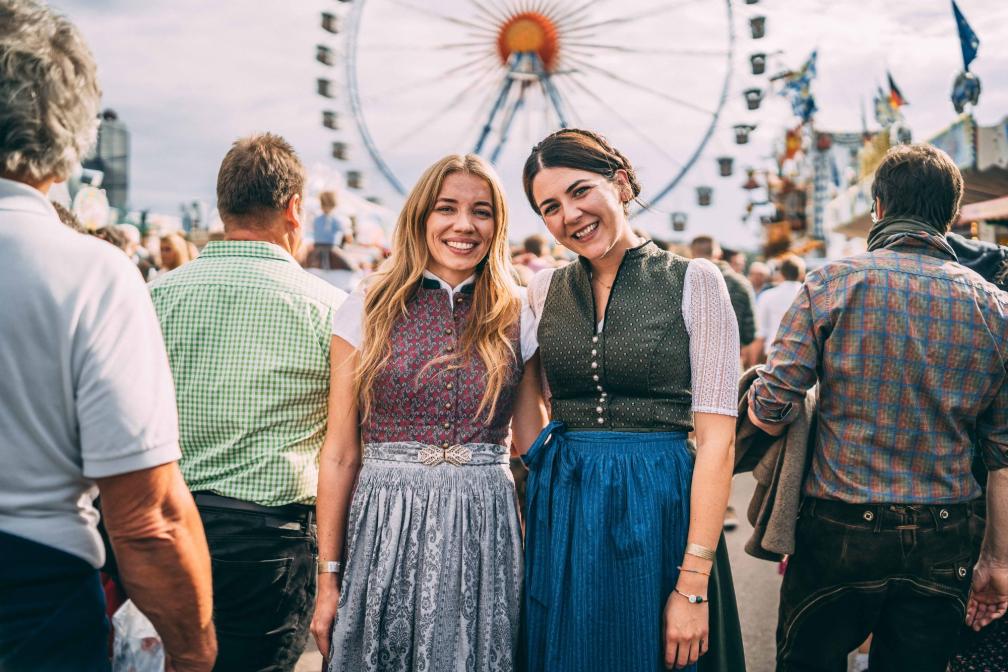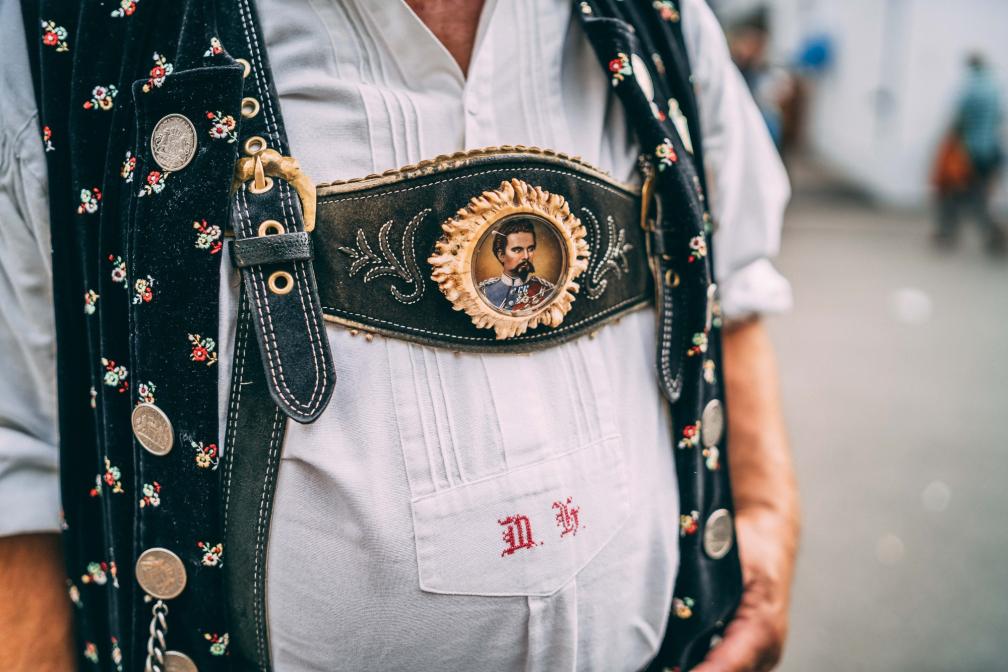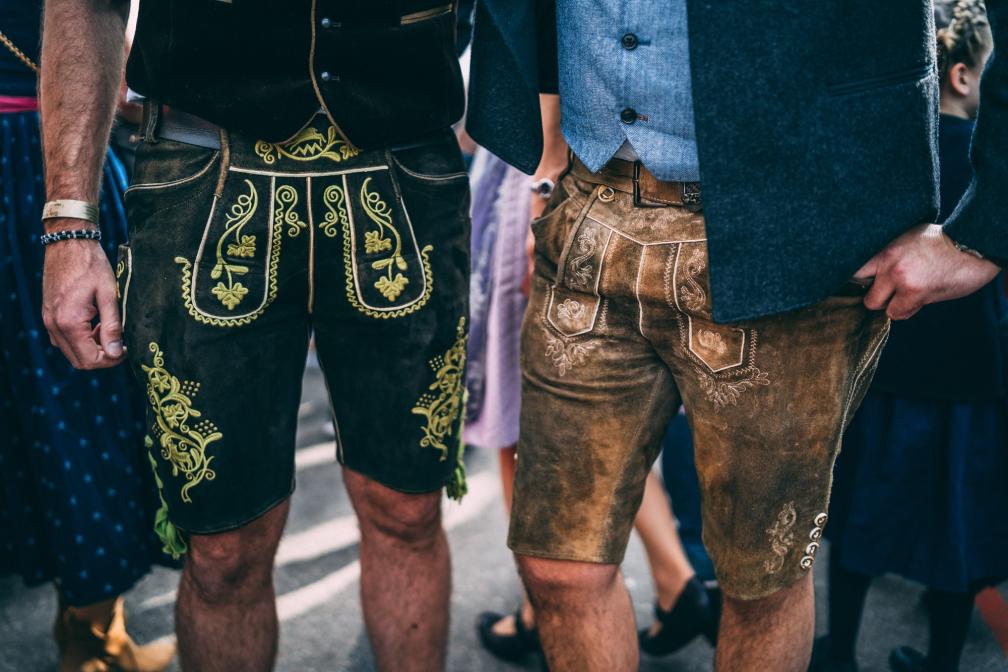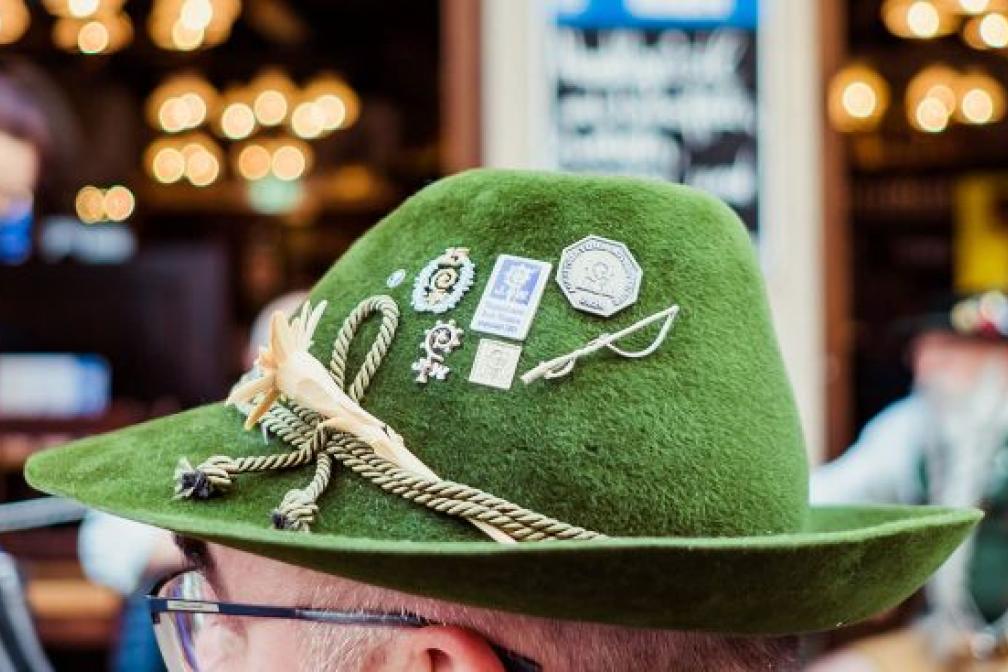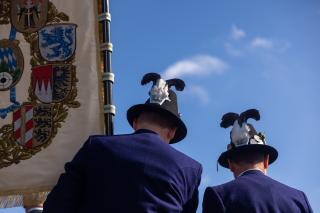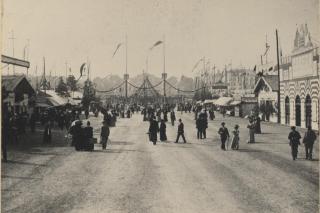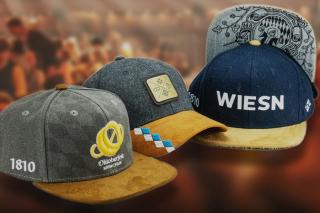Loferl are a must-have for chic men's calves.
Anyone who equates Loferl with socks has not understood the Wiesn and Bavarian traditional costume. Loferl are "calf warmers", they are not worn on the feet but only on the lower legs and set them off inimitably. With short Lederhosen, they are a must in this region.
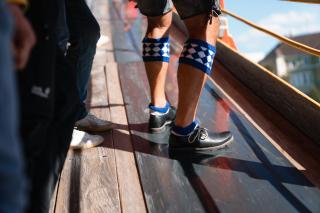
Loferl: How to wear them correctly
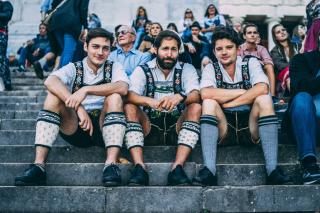
Calf warmers at the Wiesn-Fun: How to wear Loferl
Loferl, also called Stutzn or Beinhösl, belong below the knee and are worn on the strongest part of the calf. Socks are then dispensed with, but so-called "Füßlinge", which are not visible in the shoes, are often offered as a set. Originally, however, Loferl were worn without socks, which is certainly not everyone's cup of tea, especially on cool days. The rule is, however, that skin must be visible between the calf and the foot. The colour and design of the loafers should always be based on the traditional costume so that the overall look is right. They are available in all imaginable variations, so that everyone is guaranteed to find the right model for them.
Loferl-Rules: What you should avoid with calf warmers
The most important rule is self-explanatory - but anyone who has ever been to the Oktoberfest knows that when it comes to fashion, there is nothing that doesn't exist. Under no circumstances do you wear Loferl with anything other than traditional shoes, i.e. Haferl shoes. Trainers, sandals and even the hippest pair of trainers are no alternative if you are halfway serious about the traditional costume outfit. Also to be avoided, as described above, are visible socks. In the category of "fashion sins", tennis socks with Loferl are roughly equivalent to short-sleeved shirts with traditional costume. Attention: The legwear is neither turned up nor rolled up.
Interesting facts about the Loferl
Loferl are widespread throughout the Alps and the foothills of the Alps, but further north they can only be found at carnival. Originally they were made of natural white, spun sheep's wool. For the women's models - yes, women also wear Loferl - attention was traditionally paid to the use of particularly fine sheep's wool. It is said that Loferl originated at a time when not everyone could afford shoes. By wearing the Loferl, at least the leg was protected from the cold. For this reason, the original models were longer than today's and reached from the knee to the ankle. This was also an advantage, as the handling of naked skin, even if it only affected the man's leg, was not as relaxed back then as it is today, especially on occasions like going to church. The separation of the leg part (Loferl) and the foot part (Füßling) also saved money. If the foot part was badly damaged and could no longer be stuffed, the leg part remained in use and was merely supplemented with new footies.
Where does the name Loferl come from?
The origin of the term Loferl is still disputed today. Some believe that the term comes from the old term "Lof" or "Loft", which describes the shape of a tree bark. Others are sure that the word "Loferl" comes from "laufen" (walking), which in some parts of Bavaria is pronounced "loffa".
